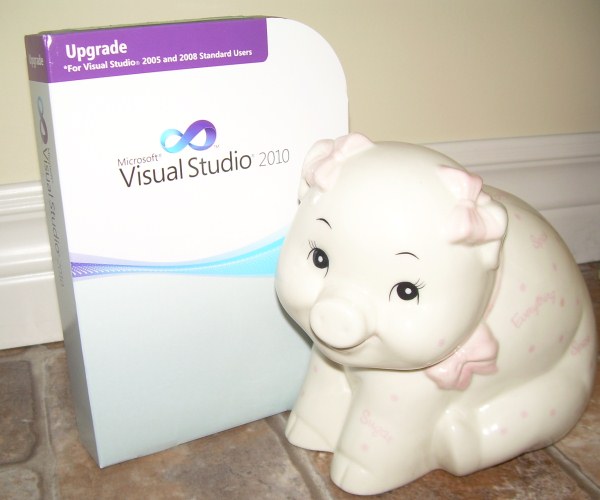If you’re like me, you’re a fan of customizing:
…and certainly in the automation industry you see a lot of custom control solutions. In fact there’s always been this long-running debate over the value of custom solutions vs. the value of off-the-shelf “black box” products.
I’ve noticed this rule: the closer you get to the production line, the more custom things you’ll see. Just look at the two ends of this extreme: production lines are almost always run by PLCs with custom logic written specifically for that one line, but the accounting system is almost always an off-the shelf product.
There’s a good reason for this. Accounting methodologies are supposed to be standardized across all companies. Businesses don’t claim that their value proposition is their unique accounting system (unless you’re talking about Enron, I suppose). Automation, however, is frequently part of your business process, and business processes are the fundamental business proposition of a company. Fedex should definitely have a custom logistical system, Amazon needs to have custom order fulfillment, and Google actually manufactures their own servers. These systems are part of their core business strengths.
So when should a company be buying off-the-shelf automation solutions? I say it’s any time that “good enough” is all you need. You have to sit down and decide how you’re going to differentiate yourself from the competition in the mind of your customers, and then you have to focus as much energy as possible on achieving that differentiation. Everything else needs to be “good enough”. Everything else is a cost centre.
If you follow that through logically, it means you should also seek to “commoditize” everything in the “everything else” category. That bears repeating: if it’s not a core differentiator for your company, you will benefit if it becomes a commodity. That means if you have any intellectual property sitting there in a non-critical asset, you should look for ways to disseminate that to the greater community. This is particularly important if it helps the industry catch up to a leading competitor.
There are lots of market differentiators that can depend on your automation: price, distribution, and quality all come to mind. On the other hand there are other market differentiators that don’t really depend on your automation, like customer service or user-friendly product designs. Ask yourself what category your company fits in, and then you’ll know whether custom automation makes sense for you.
